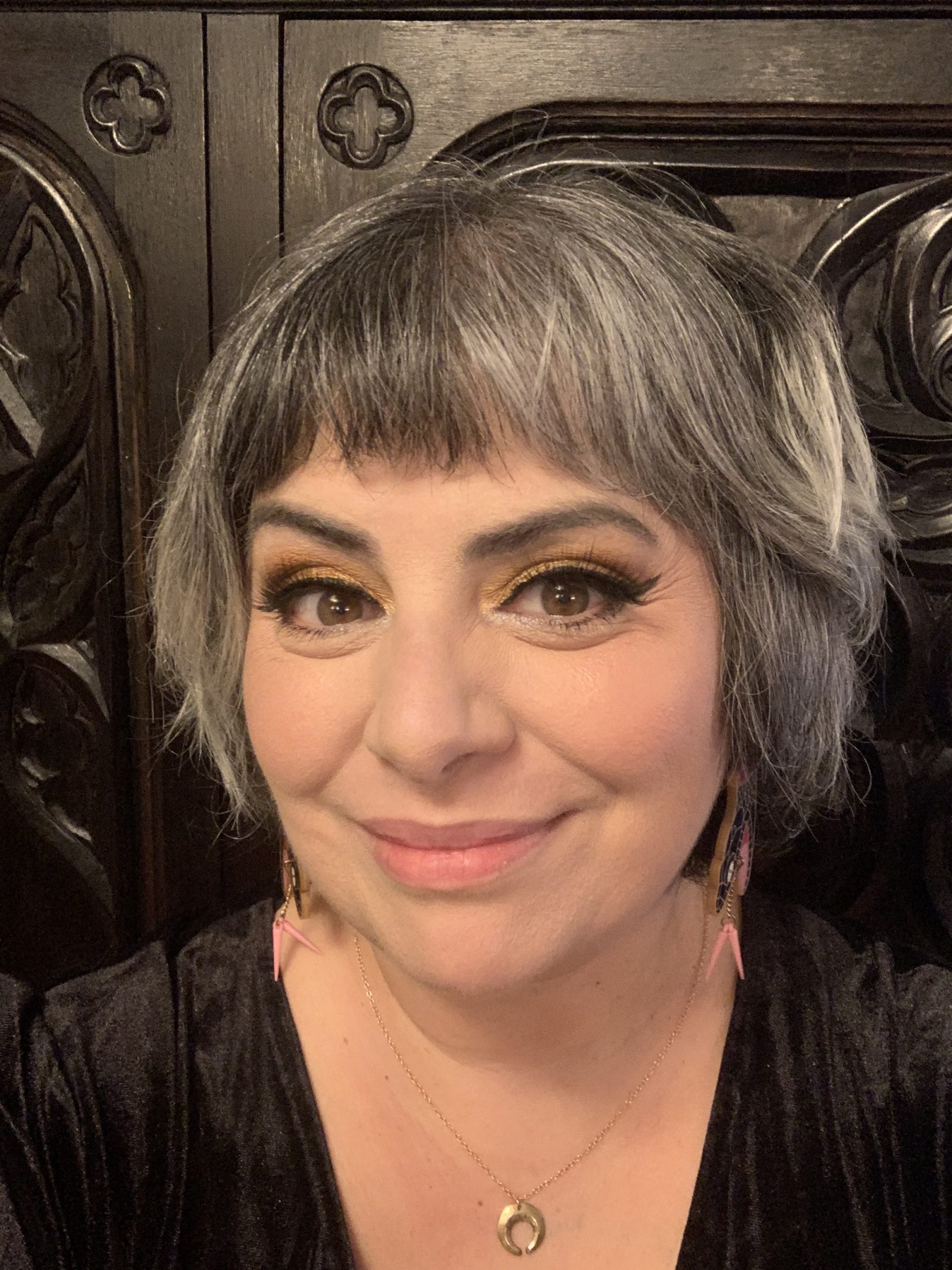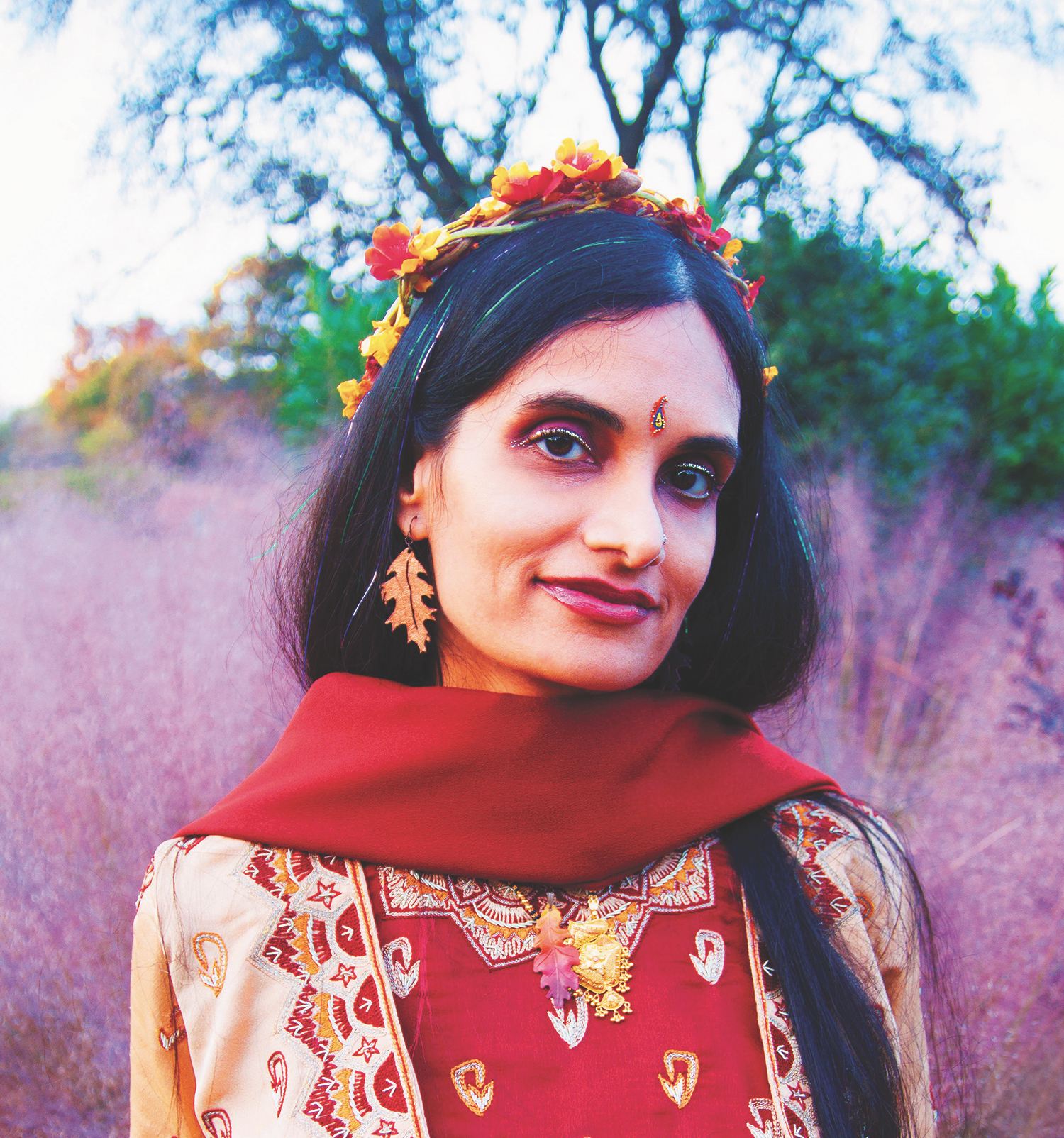
by Michele Kirichanskaya | Aug 24, 2022 | Blog
Holly Black is the #1 New York Times bestselling and award-winning author of speculative and fantasy novels, short stories, and comics. She has sold over 26 million books worldwide, and her work has been translated into over 30 languages and adapted for film. She...

by Michele Kirichanskaya | May 13, 2022 | Blog
Shveta Thakrar was one of the inaugural Walter Dean Myers grant recipients of 2015 and has been a shining mainstay in fantasy, appearing on conference panels since 2010. She has had fiction published in Uncanny Magazine, Faerie Magazine, and forthcoming from...




